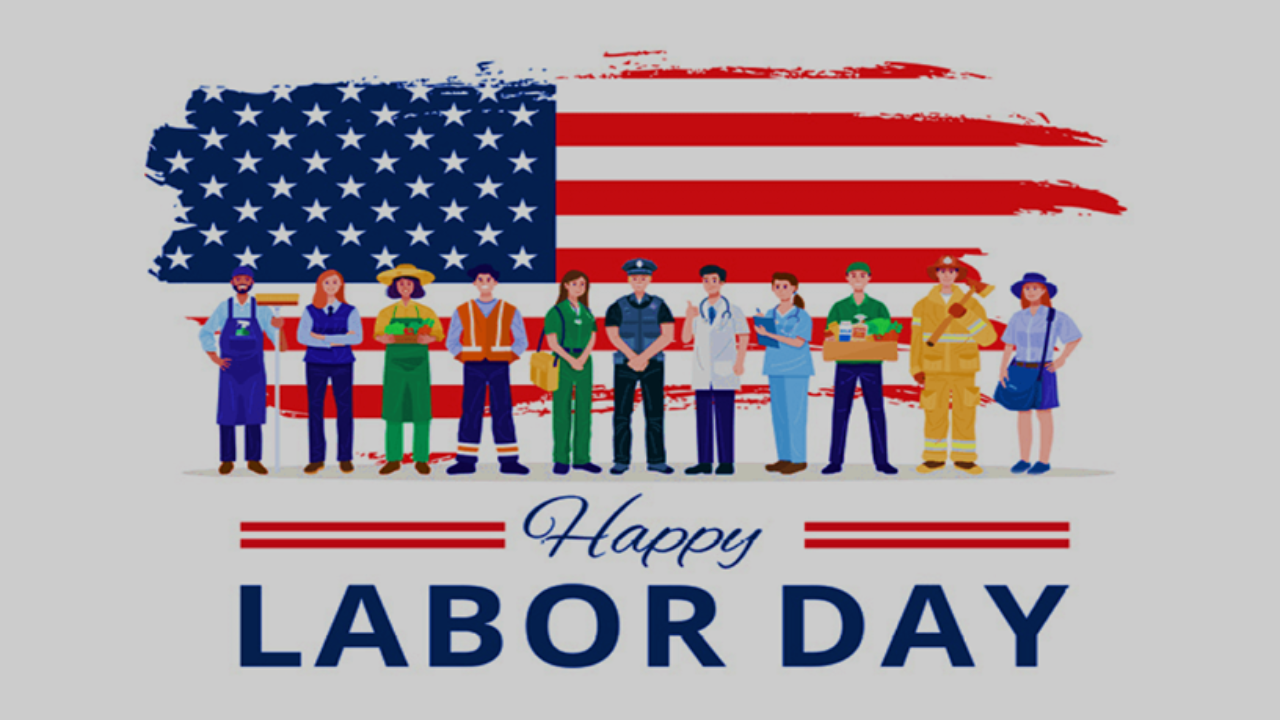Labor Day 2023

Labor Day in the United States is a public holiday celebrated on the first Monday of September each year. It honors the contributions and achievements of the American labor movement and the social and economic achievements of workers, and serves as a way to provide a day of rest and celebration for workers and their families.
The holiday gradually took shape over many years as the labor movement of the late 19th century advocated for better working conditions, fair wages, and shorter workdays. As the Industrial Revolution progressed, many workers faced harsh working conditions, long hours, and low pay. Labor unions began to form to demand better treatment and to collectively bargain with employers. At the time, America was an agricultural, fishing, and seagoing economy in her formative years. Fishing, whaling, and farming were a dangerous and labor-intensive necessity for the survival of a new nation. Over the ensuing decades America’s demand for industrialization and self- sufficiency spawned what we now commonly recognize as the Industrial Revolution in America. The demands for growth and economic viability led to factories and the manufacture of goods, machinery and infrastructure of a new and rapidly growing population and society. This of course, meant huge labor requirements to man factories, tradesmen to build infrastructure and labor to operate all of it. Post-Revolutionary War America was booming and needed manpower…and child power, to meet demand.
The first Labor Day celebration is widely attributed to the Central Labor Union in New York City, which organized a parade and picnic on September 5, 1882. This event brought together various labor unions and workers to promote the idea of a “workingmen’s holiday.” As the concept of Labor Day gained popularity, more states began to recognize the holiday. Oregon became the first state to officially recognize Labor Day as a public holiday in 1887, followed by several other states. However, it was not a national holiday until after the Pullman Strike of 1894, a widespread railroad strike that led to violent clashes between workers and federal troops. In an effort to mend relations with labor unions and workers, President Grover Cleveland signed the Labor Day bill into law on June 28, 1894, making Labor Day a national holiday. The choice of September for the holiday was to avoid the association with International Workers’ Day, which was often linked to socialist and anarchist movements.
Over the years, Labor Day has evolved from a purely labor-centric holiday to a more general end-of-summer celebration. It often marks the unofficial end of summer, and many people use the long weekend for travel, barbecues, and other recreational activities. Today, Labor Day continues to be celebrated across the United States as a time to recognize and honor the achievements of workers and the labor movement. It also serves as a reminder of the ongoing importance of workers’ rights and fair labor practices.
So, as we celebrate over the long three-day weekend, enjoy the holiday, give thanks for our great country, and remember to both honor and cherish the work and achievement of those who manufacture and produce all that we cherish so dearly with life in America.
